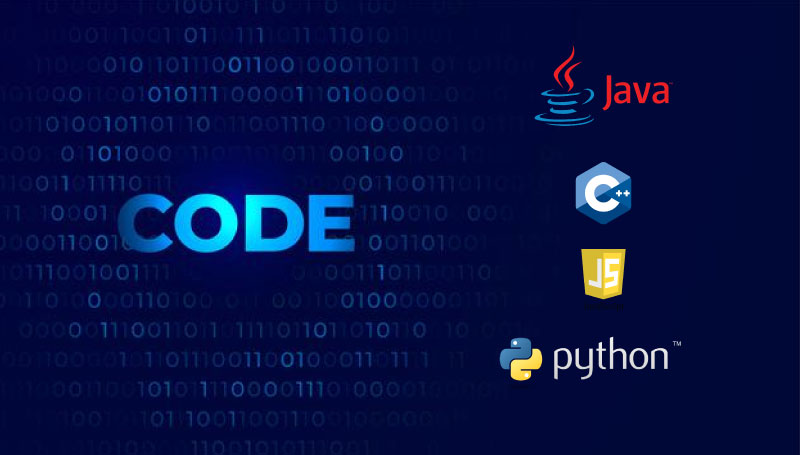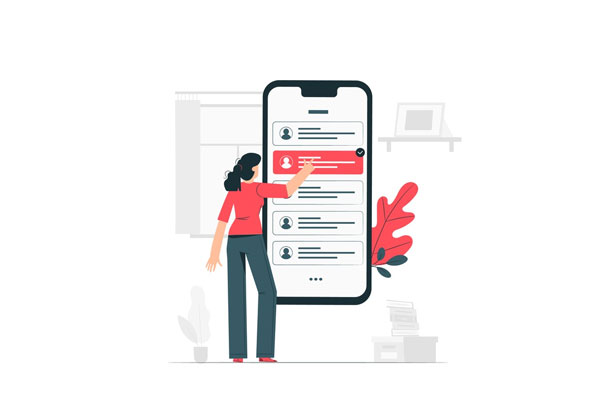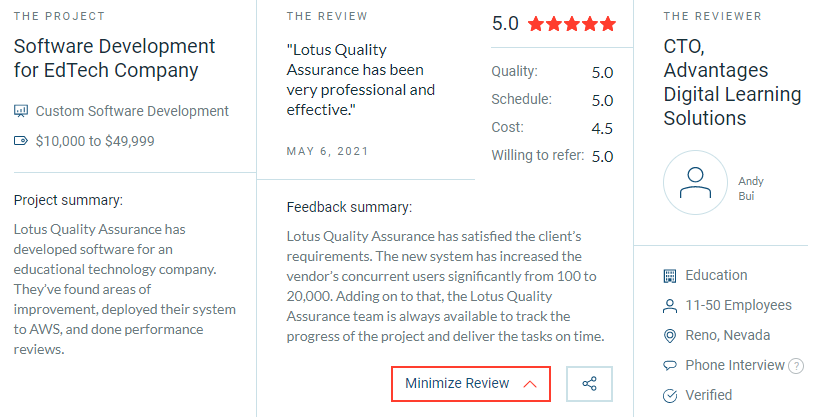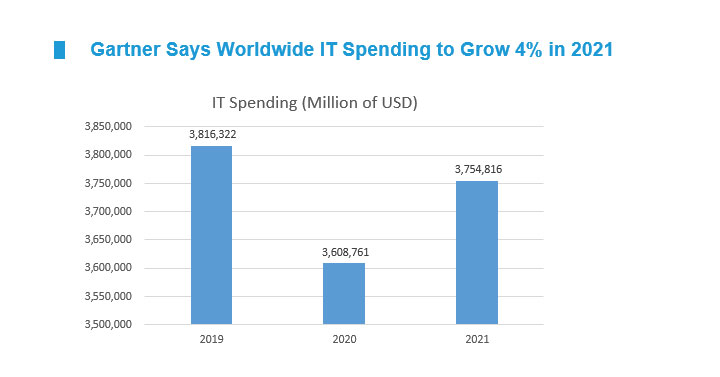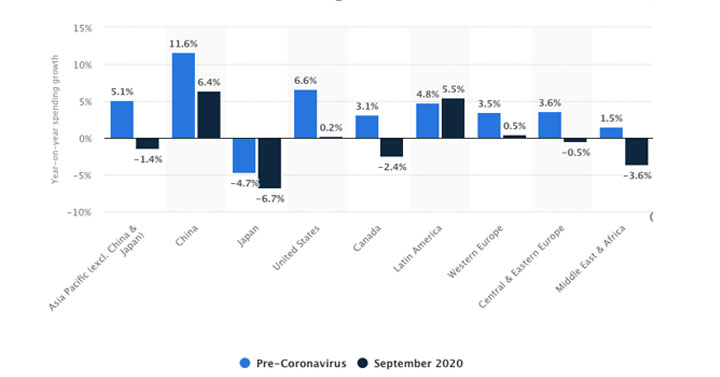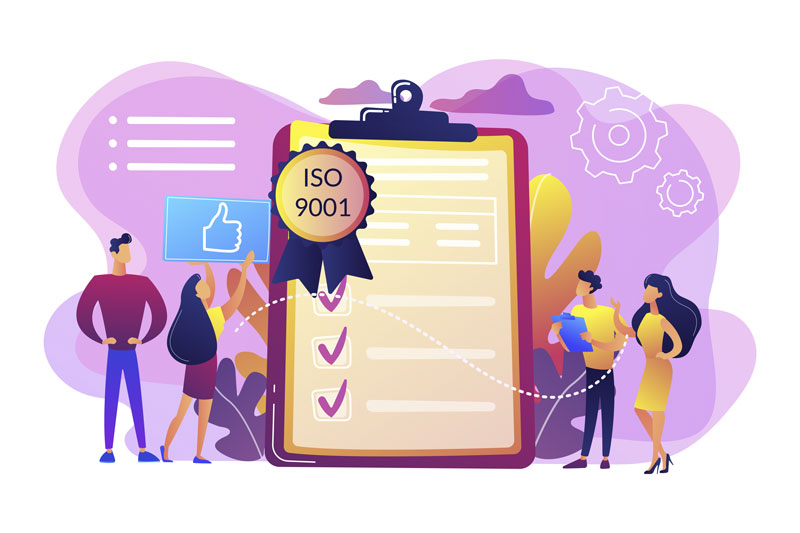Top 7 Challenges in IT Recruitment Faced by Tech Giants
The 4.0 industry continues to play a more significant role in our society, posing many challenges in IT recruitment process. With hundreds of companies in information technology receiving massive investments every year, investments are piling up; hence, there is supposed to be a higher number of IT workers joining the IT industry workforce.
Reality speaks differently. Despite the increasing number of universities and institutes putting Information Technology, Computer Science, etc., the market demands more than that as their flagship development focal point.
In fact, according to the Bureau of Labor Statistics, by the year 2026, the shortage of IT engineers in the US will be more severe than ever, with the number exceeding 1.2M. Currently, 75% of enterprises are struggling with talent shortages or skill gaps in key IT positions. Under this circumstance, the HR department faces some of the biggest challenges in IT recruitment to nurture, recruit and retain talents.
- Finding the qualified talents
- Building employer brand for a deeper impression
- Aligning with hiring managers’ demands/job requirements
- Recruiting within tight time frames
- Creating an efficient recruiting process
- Nurturing inactive candidates
- Maintaining a low turnover rate
You might concern: Talent management fundamentals – attract, attain and develop talents.
1. Finding the qualified talents
With high demand and low supply, finding qualified candidates for software development, software testing jobs has been always among the most recognizable challenges in IT recruitment. The IT industry is booming with its implementation in many aspects of our daily lives, leading to the unprecedented requirement for IT job openings to be filled. This year alone, the world has witnessed the spiking number reaching 7 million of job positions in the IT industry.
As opposed to this enormous number, the slugging market of IT talents cannot meet the requirements of IT firms, both in quantity and quality. The current number of candidates with qualifications and certificates to work in IT and computer science can only meet 50% of the market demands.

Finding the qualified candidates – Challenges in IT recruitment
When it comes to IT recruitment, more often than not, one might expect it to be easy-money work, with literally little professional work to be done. “All they have to do is sit there, post the job description and arrange the interview!”
Well, that’s just part of what they do, and it’s like the tip of the iceberg – all the struggling and hard work is before that. Perhaps the biggest challenge in IT recruitment is how to find qualified candidates to go further into other rounds of interview.
The major problem in finding qualified talents is the technical and professional knowledge over the field, and the minor ones are requisite soft skills, experience and formal education.
To tackle this challenge to the core, there are some measures to carry out, including:
- Broaden your circle of candidates (for multiple education backgrounds)
- Look into candidates’ experience and their products/modules.
Finding qualified candidates is just the first step in a very demanding recruiting process, not to mention how to retain talents in the future. The actions that need to be done here lie not only in the recruiter’s hand but also in the hand of the IT department to attract talents effectively.
2. Building employer brand for better competition
In the eyes of the HR department, perhaps employer brand or branding is the marketing department’s job, not theirs. However, when discussing employer brand here, we want to emphasize the brand’s workplace, work benefits, insurance, etc., which can impress and attract candidates.
We know branding is not the one-size-fits-all formula for a higher incentive of IT talent acquisition, but it still holds an imperative role in hiring and retaining talents.
With an upmarket image of how the brand interacts and engages in the workplace, one business might benefit significantly with a higher impression and the privilege in the competition when recruiting.
Additionally, when comparing one business to another, people often judge based on the reviews and the images of these companies on online platforms. Basically, the one with a better employer brand image will reap this advantage.
Although the brand image is the primary responsibility of the marketing team, the best way to handle this would be the collaboration within two departments. The marketing team has the digital tools and the tactics to deliver the message.
In contrast, the human resources team has professional knowledge of producing the key features that can attract IT candidates. Together, these can promote the image of a friendly yet professional workplace for the company’s staff, which is the thing that most of the IT candidates are looking for.
This direction can be pivoted based on the goals and objectives of the business, as long as it can be the “Candidate Magnet.”
Because there are currently more tech jobs available than IT job seekers, companies find themselves in the position of having to compete for the top candidates. No longer does an applicant have to take the first job they find—they now have the luxury of choosing the company offering the most appealing job. Fortunately, you can do a few things to position yourself among the most attractive companies to work for.
3. Aligning with tech team’s requirements
Another challenge posed during the recruitment process is the inconsistencies in how the tech team and the talent acquisition team process things.
There are circumstances in which the hiring staff and the tech leader are not on the same page regarding the hiring targets.

Align with tech team requirements – Challenges in IT recruitment
For recruiters, their goals are to fill in the missing positions quickly, as long as the technical requirements are met. On the other hand, tech leaders also pay much attention to a perfect fit for the job, both technical and ethical. This qualified candidate has to be a team player or an out-of-the-box thinker (this depends).
For this case, both departments have to work together to develop a parameter, a checklist of developer interview questions or a metric of must-have characteristics. Based on this, the most necessary information is wireframed to “paint the picture” of the most suitable candidates, hence boosting the recruitment process.
*Also read:
Complete checklist of interview questions for developers
7 Strategies to overcome your burden of IT recruitment
4. Recruiting within tight time frames – Challenges in IT recruitment
Highly qualified candidates are of scarcity, and you must be quick enough to get a hold of these candidates. Unfortunately, more than half of the job seekers nowadays are impatient, meaning that they are willing to give up on a job if they have to wait too long for any response, even if this is their ideal job.
This situation leads to many big organizations, even with major brand names and ideal workplaces, cannot hire the best candidates.

Challenges in IT recruitment – Tight time frame
More often than not, when a candidate sees a job advertisement, the first impression would be on the time from job opening to hire. If it’s too long, the candidate will lose interest because they will have to wait for a quite long time to be in the first round of interview if they apply. On the other hand, if it’s too short, one may hesitate with the excuse of “being unprepared.”
The fundamental answer to this problem is how you keep the candidates updated on the process so that they have a feeling of being carefully attended to. The odds of candidates dropping out of the interview is now lower than before.
5. Creating an efficient recruiting process
The recruitment process is often deemed the trivial feature of the HR department, despite the fact that this process is crucial for one organization to find the right fit within a fixed time frame.
However, in the case of the IT industry, the role of human resources department, especially the talent recruitment division, has gradually gained its credit, under the circumstance of talent shortage in recent years.
With a comprehensive recruitment process in hand, qualified candidates, no matter they choose to go with the job offer or not, can help you form the enriched talent pool full of professionals and experts in this tight job market.

Create an efficient recruitment process – Challenges in IT recruitment
This well-crafted talent pool acts as a tool that can minimize the time involved in the recruitment process.
The perspective of a comprehensive recruitment process varies within industries and even companies, but the most crucial features remain:
- Clarification of job requirements from tech managers
- Well-devised Job Descriptions
- Talent Search on multiple channels
- Screening and shortlisting
- Interviewing
- Evaluation of Employment
- Job Offering
By creating an efficient recruiting process following these steps, you not only facilitate a consistent application of recruitment to ensure stability in staff proficiency but also streamline the staff culture in accordance with your visions.
6. Nurturing inactive candidates – Challenges in IT recruitment
More than 50% of the IT candidates on the market now are passive candidates, meaning that they have already worked in another company or project. Although they are not in demand of finding a new job, and nurturing these candidates may not be in effect immediately, the long-term impact can be the key player when they want to switch jobs.
Instead of talking them into joining your companies for a week or more, you can build a connection or even a new relationship when you put your effort into candidate nurturing.
The act of nurturing inactive candidates is not only for those candidates to join your force. Instead, once the foundation is built, you can get connected to their colleagues’ circle, which will, in turn, grant your more opportunities to connect to other potential candidates.
7. Maintaining a low turnover rate
The situation of a high turnover rate is not uncommon, especially in the ever-changing market of Information Technology. Turnover is the act of replacing an employee with a new employee.
The case of high turnover rate is not always bad for one business, but for the HR department, a high turnover rate can be a contributing factor to the failure of the business operations.

Challenges in IT recruitment – Maintain a low turnover rate
With high turnover rate means the high number of employees leaving a business, this can lead to many problems, namely:
- Dragging amount of time spent on filling open positions, which is very much time-consuming
- Adverse effects on the business core operations as the critical positions are left empty for a long time.
- Tremendous stress on the employees’ morale and productivity when watching their former coworkers leave the company.
- A massive amount of costs are spent on recruitment and training of new employees.
To tackle the high turnover rate regarding human resources, one must confide in recruitment process experts to develop a detailed plan on how to retain talents, including the solutions for high incentives, great work benefits, and transparent career path, etc.
The riddle of IT recruitment has been there since the beginning of this industry, requiring HR managers and talent acquisition staff to implement different measures for better management of the IT talents.
On a final note
The challenges in IT recruitment can be easily tackled with appropriate measures and considerable investment. But sometimes, the resources and time spent on recruitment can be too troublesome for the in-house HR department to handle, and this is when you can come to IT outsourcing vendors for help.
Unlike recruitment agencies which will only start recruiting when the requests are in, IT outsourcing companies already have a talent pool of IT engineers of different expertise with different ranges of experience. Whether they will work long-term or short-term, it will all depend on your decisions, and you will not be bound to any definite employment contract. By outsourcing the hiring processes to a vendor, your company can save a lot. No more burdensome employer branding, no more lengthy recruitment process, you can now focus on the core business operations.
However, outsourcing software projects is not without risks. Choosing the wrong vendor, an unmatching model, or unclear goals and processes can lead to poor-quality products, project delays, and unnecessary costs. If you want to avoid outsourcing failures, check out our Ultimate Guide for IT Project Outsourcing in 2023 to get the most valuable benefits from your IT vendors.
About Lotus QA
Lotus QA, as part of Lotus Group, is an emerging global IT firm specializing in providing the best technology services to the world. We have a comprehensive talent pool of top-notch IT engineers to offer you the most cost-effective HR solutions. We can ramp up a team for you in just 2 to 3 weeks and conduct interviews for you to choose your own team members. We provide a flexible approach for any of your requests.
If you’re looking for the solution to this matter, contact LQA for the 24/7 consultation of the HR market. We can help with this problem in no time.
- Website: https://www.lotus-qa.com/
- Tel: (+84) 24-6660-7474
- Fanpage: https://www.facebook.com/LotusQualityAssurance





